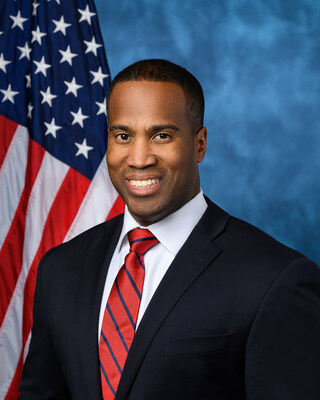DVIDS – News – Always there: 100 years of aerial support
KADENA AIR BASE, Japan – World War I led to drastic global changes and paved the way for technological advancements that would be the stepping stones of aerial innovation. Shortly after the war, the U.S. began modifying the British DH-4 and introducing the world to the first aerial refueler.
June 27 marks the 100th anniversary of the first air-to-air refueling test performed by U.S. Army Air Service Lts. Virgil Hine and Frank W. Seifert, who transferred gasoline through a hose between two DH-4Bs.
Since then, aerial refueling remained in its infancy until the 1950s when U.S. Air Force General Curtis LeMay, then U.S. Air Force Strategic Air Command commander, pushed for tankers to extend the range of SAC bombers to reach targets in the Soviet Union. LeMay would later become the fifth Chief of Staff of the Air Force.
“Air refueling operations have played a critical role in global reach and air superiority,” said U.S. Air Force Lt. Col. Travis Epp, 909th Air Refueling Squadron commander. “Air refueling extends range, endurance and operational capabilities to combat operations, humanitarian missions, disaster relief efforts and peacekeeping operations.”
During the 1950s, nearly 800 KC-135s built specifically for air-to-air refueling rolled off the assembly line. By the end of the same decade most coalition aircraft were made aerial refueling capable.
Today, the 909th ARS KC-135 Stratotanker provides crucial aerial refueling capabilities to U.S. and allied operations. It has provided unmatched global air support for more than 60 years.
With routine training, diligent maintenance and adherence to safety standards, the Airmen within the 909th ARS ensure operational readiness for all allied forces in the Indo-Pacific region.
“Through in-flight refueling, we are able to exponentially increase air mobility,” said Senior Airman Abigail Stiles, 909th ARS KC-135 in-flight refueling specialist. “We fulfill the Air Force’s long range objectives of moving aircraft quickly and efficiently— globally.”
Although the 909th ARS has the important task of aiding U.S. and allied forces operations, the maintenance units are the ones that make sure the planes are safe and clear to fly. In order to be mission-capable, it’s important for the aerial refueling maintainers to provide support to the 909th ARS, ensuring the KC-135s are flight-ready.
“If we don’t get our task done, the aircraft cannot fly,” said Tech. Sgt. Adrian Pinnock, 909th Aircraft Maintenance Unit, KC-135 crew chief. “We confirm the safety of the aircraft to ensure it’s mission-capable before handing it over to the pilots.”
Crew chiefs within the maintenance units must be versatile in overseeing day-to-day operations. In order to have an efficient unit, it’s important to have a cohesive work environment to ensure mission readiness.
“The motto of the 909th is ‘Always There.’ The tanker’s job is to be there for whatever planes come up to us whether it be American or allied.— fighter, bomber, or tanker,” said Airman 1st Class Jacob Morrison, 909th ARS KC-135 boom operator. “Wherever they need to go, we’ll be there.”
| Date Taken: | 06.28.2023 |
| Date Posted: | 06.28.2023 05:11 |
| Story ID: | 448159 |
| Location: | KADENA AIR BASE, OKINAWA, JP |
| Web Views: | 9 |
| Downloads: | 1 |
PUBLIC DOMAIN
This work, Always there: 100 years of aerial support, by A1C Jonathan Sifuentes, identified by DVIDS, must comply with the restrictions shown on https://www.dvidshub.net/about/copyright.


 Private Internet Access gives you unparalleled access to thousands
of next-gen servers in over 83 countries and each US state. Your
VPN experience will always be fast, smooth, and reliable.
Private Internet Access gives you unparalleled access to thousands
of next-gen servers in over 83 countries and each US state. Your
VPN experience will always be fast, smooth, and reliable.
